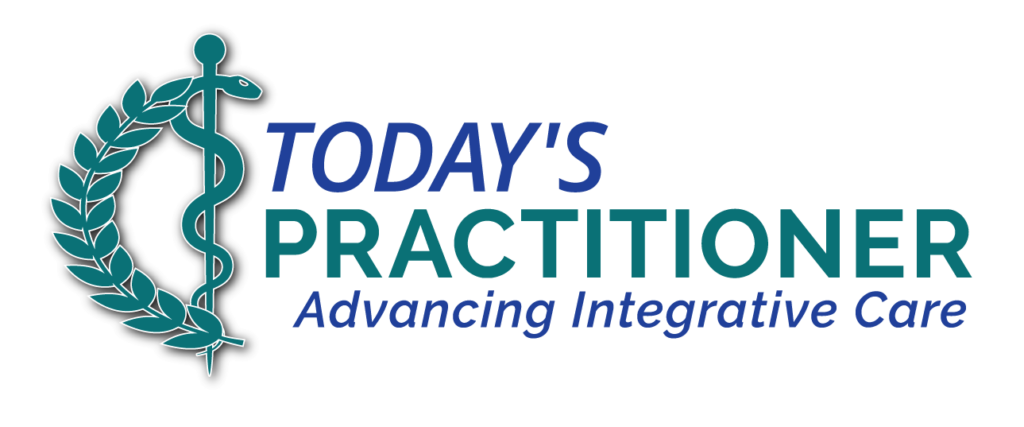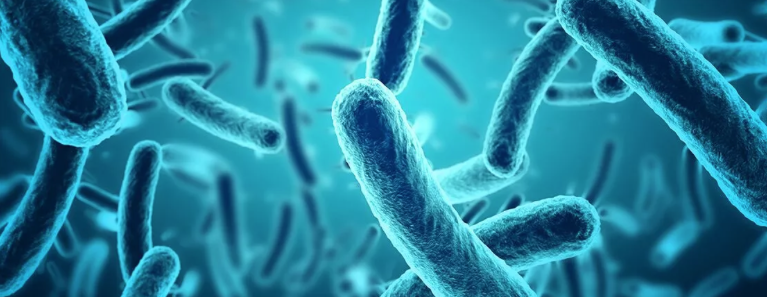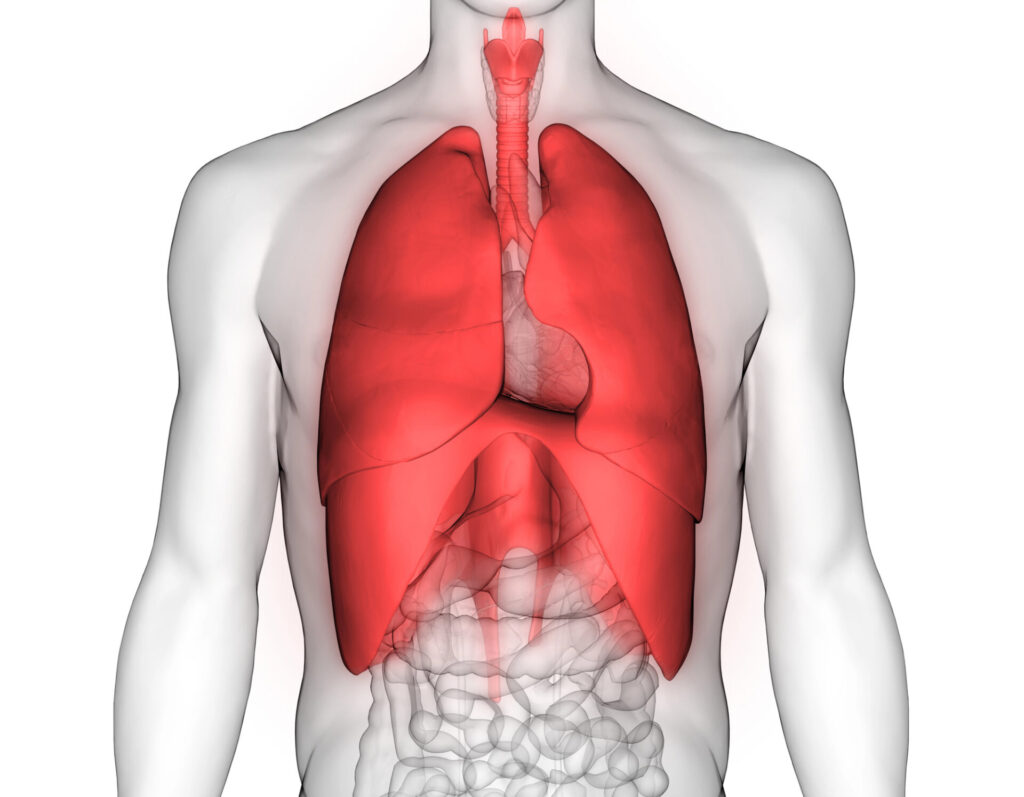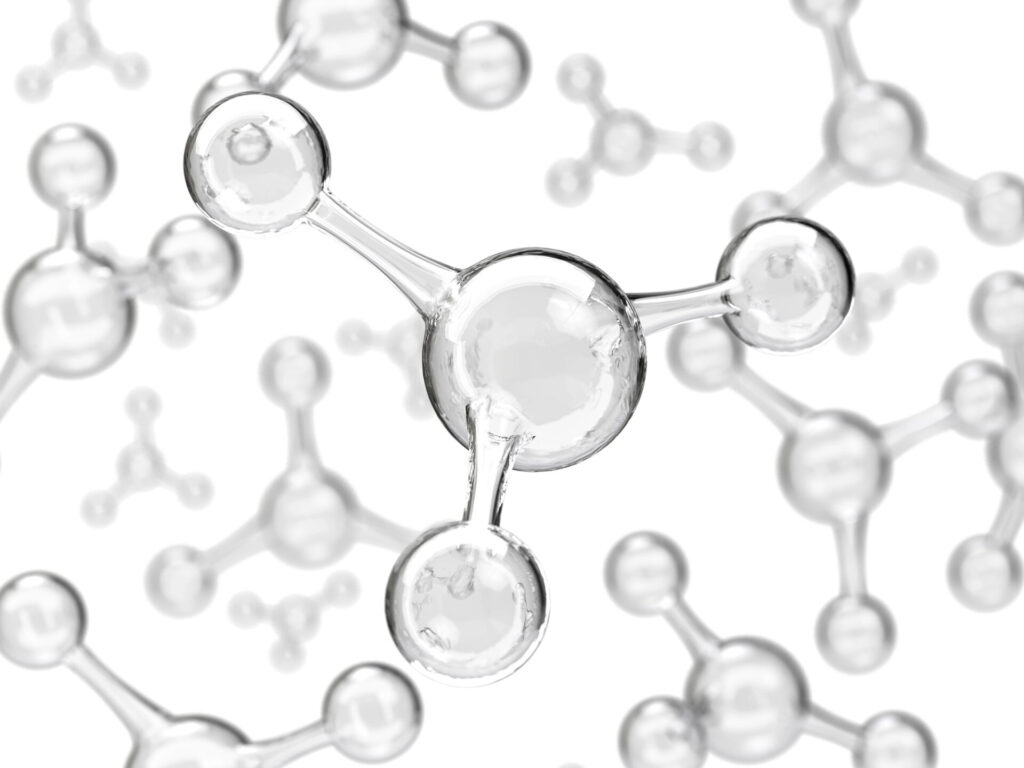The Leap to Postbiotics – Born of Necessity and Insight
Early 2020. COVID-19 brought the world to a standstill, and with it, our fledgling FMT program. Overnight, the idea of transplanting raw stool seemed fraught with new risk – could SARS-CoV-2 be lurking in feces? We lacked reliable tests initially, and many clinics (including mine) hit pause on FMT treatments. Yet patients’ needs didn’t pause. I vividly recall sitting across from a man with relentless C. difficile colitis. He’d failed multiple antibiotics. Normally, we’d proceed with an FMT – but our stool bank was effectively frozen by pandemic restrictions. Sending him home without options felt wrong. My team and I debated: was there a way to make the treatment completely safe from pathogens? We had already been reading emerging research like Stephen Ott’s work, which showed that even filtered, sterile fecal preparations (removing all live bacteria) could cure C. diff infection (Ott et al 2017). That pointed to the power of the bacterial metabolites and phages in stool – the so-called “fecal filtrate.” Inspired by this, we decided to take a bold step.
In what felt like a moonshot, we autoclaved a donor stool sample – essentially pressure-cooking it at high heat to destroy any and all organisms, from bacteria to viruses to spores. Autoclaving is a method of complete sterilization (used in hospital instrument prep) that goes beyond mild pasteurization or microfiltration. Pasteurization (heating to ~70°C) kills many microbes but not hardy spores; filtration through a 0.2 micron filter removes bacteria but not viruses or free DNA. Autoclaving at 121°C, however, eradicates everything alive, including spore-formers and viruses, yielding a truly sterile product (Garibaldi et al., 2017). The trade-off is that some fragile biomolecules might be degraded, but many metabolites (like small organic acids, peptides, polysaccharides) survive the process. We reasoned that if the key therapeutic components were these metabolites, collectively now being termed “postbiotics”, then a sterile fecal preparation might retain efficacy.
With the patient’s informed consent, we administered this first-of-its-kind autoclaved stool-derived treatment via an oral capsule. Within a day, his diarrhea resolved completely. It was a typical turnaround that we would’ve expected from FMT. I was fascinated – not only by the patient’s recovery, but for what it implied was possible scientifically. It suggested that we could potentially deliver some of the benefits of FMT without the live microbes. A theoretical concept had just leapt into reality before our eyes. This moment was the genesis of what would later become our sterilized human stool derived postbiotic therapy (ThaenaBiotic®).
What Exactly Are Postbiotics? (Redefining the Term)
The term “postbiotic” has evolved alongside our understanding. Initially, experts defined postbiotics fairly narrowly: as the non-living products of probiotic bacteria, such as inactivated microbial cells or purified cell components that confer a health benefit (Salminen et al., 2021). In other words, if you take a probiotic culture, kill the bacteria (by heat or chemicals), and harvest the remaining cell parts and metabolites, those could be considered postbiotics. Many supplements on the market today tout “heat-killed” probiotic strains as postbiotic ingredients. There is also a growing body of research showing specific pasteurized or tyndallized probiotic strains can modulate the immune system or gut function similar to early work in live probiotics (Piqué et al., 2019). Recently a research group in Taiwan has published a paper on a heat-killed probiotic preparation using autoclaving similar to the work we have been doing with human derived whole stool. Their autoclave sterilization of a gut commensal (Parabacteroides goldsteinii) showed that it retained anti-inflammatory effects in mice and had an excellent safety profile, suggesting it as a next-generation therapeutic (Lin et al., 2024). Although heat-killed bacteria is being reframed for marketing as postbiotics and the future, it is important to note this is not a completely new concept. For example, traditional yogurt fermented and then pasteurized contains dead bacteria and metabolites or “postbiotics”.
Another way to frame what postbiotics are is to encompass all the bioactive compounds or bacterial derived metabolites arising from a microbe or microbial communities including the gut microbiome. In essence, it positions postbiotics as the molecular dialogue between microbes and us. These molecules are the reason why having the “right” microbes matters – they are the triggers and modulators of our physiology. For instance, butyrate is a postbiotic metabolite that fuels colon cells and reduces inflammation; indolepropionic acid (a bacterial tryptophan metabolite) helps tighten gut barrier function; certain bile acids can train our immune cells inducing T-cell maturation (Campbell et al., 2020). Even bacterial DNA or fragments of their cell wall (like peptidoglycans) can act as signaling agents to our immune system. Although lipopolysaccharide (LPS) is classically regarded as a potent pro-inflammatory molecule, emerging evidence demonstrates that structurally distinct derivatives of LPS—particularly those with modified lipid A moieties—can exhibit anti-inflammatory or immunomodulatory properties, acting as antagonists or weak agonists of Toll-like receptor 4 (TLR4) signaling (d’Hennezel et al., 2017). So, a postbiotic can be anything derived from microbes that has a beneficial functional effect, whether or not the microbes are alive.
Conclusion: A New Frontier, Rooted in Old Wisdom and Modern Mechanism
The story of microbiome therapeutics reflects the evolution of medicine itself: from empiricism to mechanistic understanding, from whole-body observations to molecular insight.
We began with pragmatic traditions—fermented foods, herbal medicine, and even ancient fecal transplants like yellow soup—recognizing that something about microbial and dietary interventions could restore health. Yogurt, kimchi, kefir, and medicinal herbs rich in polyphenols were all early tools in humanity’s relationship with the microbiome. Though rudimentary, these interventions hinted at the profound ways gut microbes shape physiology.
With the rise of probiotics, we attempted to modernize this instinct. Scientific language was applied to age-old fermented foods, transforming them into commercial products promising microbiome balance. While some probiotic strains have demonstrated meaningful benefits, much of the enthusiasm was fueled by marketing rather than mechanism. As a result, the probiotic era revealed both potential and limitations. Benefits appeared to be strain- and context-specific, colonization was often transient, and claims frequently outpaced evidence.
Then came fecal microbiota transplantation (FMT), which broke open the paradigm. FMT demonstrated unequivocally that whole microbial communities could exert system-wide therapeutic effects. In C. difficile, FMT achieved success rates that antibiotics could not touch. In animal models and early human studies, it influenced weight, immune regulation, neurodevelopment, and even cancer immunotherapy responses. This forced the clinical and scientific community to reconsider the microbiome as not just a digestive accessory, but as a commensal organ system—one deeply intertwined with metabolic, immune, and neurologic health.
Yet, FMT posed challenges as well. Regulatory frameworks struggled to accommodate living material that could not be fully defined or standardized. The logistical and safety hurdles—though manageable—were real, especially for immunocompromised populations. The question naturally arose: if microbial ecosystems yield health benefits, is it the organisms themselves or their molecular outputs that matter most?
This question ushered in the postbiotic era.
Today, it is becoming clear that small molecules produced by microbes—postbiotics—are the language through which the microbiome communicates with the host. Short-chain fatty acids, indoles, polyamines, microbial peptides, and other compounds directly influence gut motility, immune tone, epithelial integrity, metabolic signaling, and even the gut-brain axis. Whether produced by transient probiotics, long-term residents, or introduced whole communities, it is these molecules—not the microbes themselves—that exert many of the critical effects we seek.
Thus, postbiotics offer a bridge. They carry forward the ancient wisdom of microbiome interventions and the transformative power of FMT, while aligning better with modern clinical realities. Postbiotics are inherently safer, more consistent, and potentially more accessible than live microbial therapies. They may sidestep engraftment variability, avoid infectious risks, and be deliverable in scalable, regulated formats.
Of course, much remains unknown. We are only beginning to identify which microbial metabolites or cell components are most beneficial in which contexts. The concept of a “healthy microbiome” itself continues to evolve as we learn that diversity, resilience, and function—not specific taxa—define its optimal state. Postbiotics, while promising, are not panaceas. They should be viewed as part of a broader systems-based approach that includes diet, fiber, phytochemicals, prebiotics, and lifestyle as critical determinants of microbiome health.
In many ways, this new frontier is a return to first principles. We are rediscovering that health emerges from complex, ecological interactions, not from silver bullets. Microbes influence health not just by being present, but through what they do—and what they make. Postbiotics crystallize this realization into a therapeutic opportunity: to use the microbial language of small molecules to restore balance, support resilience, and advance precision care.
As research deepens, postbiotics may become a cornerstone of integrative and functional medicine. By bridging history and modern science, they invite us to work with our microbial partners, leveraging ancient tools with new sophistication to support the body’s innate capacity for health and healing.
References
Bajaj, J. S., Kassam, Z., Fagan, A., et al. (2017). Fecal microbiota transplant from a rational stool donor improves hepatic encephalopathy: A randomized clinical trial. Hepatology, 66(6), 1727–1738. DOI: 10.1002/hep.29306.
Baruch, E. N., Youngster, I., Ben-Betzalel, G., et al. (2021). Fecal microbiota transplant promotes response in immunotherapy-refractory melanoma patients. Science, 371(6529), 602–609. DOI: 10.1126/science.abb5920.
Campbell, C., McKenney, P. T., Konstantinovsky, D., Isaeva, O. I., Schizas, M., Verter, J., Mai, C., Jin, W.-B., Guo, C.-J., Violante, S., Ramos, R. J., Cross, J. R., Kadaveru, K., Hambor, J., & Rudensky, A. Y. (2020). Bacterial metabolism of bile acids promotes generation of peripheral regulatory T cells. Nature, 581(7809), 475–479. https://doi.org/10.1038/s41586-020-2193-0
Davar, D., Dzutsev, A. K., McCulloch, J. A., et al. (2021). Fecal microbiota transplant overcomes resistance to anti–PD-1 therapy in melanoma patients. Science, 371(6529), 595–602. DOI: 10.1126/science.abf3363.
d’Hennezel, E., Abubucker, S., Murphy, L. O., & Cullen, T. W. (2017). Total lipopolysaccharide from the human gut microbiome silences Toll-like receptor signaling. mSystems, 2(6). https://doi.org/10.1128/mSystems.00046-17
Garibaldi, B. T., Reimers, M., Ernst, N., Bova, G., Nowakowski, E., Bukowski, J., Ellis, B. C., Smith, C., Sauer, L., Dionne, K., Carroll, K. C., Maragakis, L. L., & Parrish, N. M. (2017). Validation of autoclave protocols for successful decontamination of category A medical waste generated from care of patients with serious communicable diseases. Journal of Clinical Microbiology, 55(2), 545–551. https://doi.org/10.1128/JCM.02161-16
Hohmann, E. L., Ananthakrishnan, A. N., Deshpande, V., & Laine, L. (2019). An overview of donor screening for fecal microbiota transplantation. Gastroenterology, 156(4), 1024–1032.
Huang, H., Xu, H., Luo, Q., et al. (2019). Fecal microbiota transplantation to treat Parkinson’s disease with constipation: A case report. Medicine (Baltimore), 98(26), e16163. DOI: 10.1097/MD.0000000000016163.
Kang, D.-W., Adams, J. B., Gregory, A. C., et al. (2017). Microbiota Transfer Therapy alters gut ecosystem and improves gastrointestinal and autism symptoms: An open-label study. Microbiome, 5(1), 10. DOI: 10.1186/s40168-016-0225-7.
Kang, D.-W., Adams, J. B., Coleman, D. M., et al. (2019). Long-term benefit of Microbiota Transfer Therapy on autism symptoms and gut microbiota. Scientific Reports, 9, 5821. DOI: 10.1038/s41598-019-42183-0.
Khoruts, A., Hoffmann, D. E., & Palumbo, F. B. (2019). The promise and challenges of microbiome-based therapies. The Journal of Law, Medicine & Ethics, 47(4), 482–504.
Lin, T.-L., Chen, W.-J., Hung, C.-M., et al. (2024). Characterization and safety evaluation of autoclaved gut commensal Parabacteroides goldsteinii RV-01. International Journal of Molecular Sciences, 25(23), 12660. DOI: 10.3390/ijms252312660.
Mager, L. F., Burkhard, R., Pett, N., Cooke, N. C. A., Brown, K., Ramay, H., Paik, S., Stagg, J., Groves, R. A., Gallo, M., Lewis, I. A., Geuking, M. B., & McCoy, K. D. (2020). Microbiome-derived inosine modulates response to checkpoint inhibitor immunotherapy. Science, 369(6510), 1481–1489. https://doi.org/10.1126/science.abc3421
McFarland, L. V., Evans, C. T., & Goldstein, E. J. C. (2018). Strain-specificity and disease-specificity of probiotic efficacy: A systematic review and meta-analysis. Frontiers in Medicine, 5, 124. https://doi.org/10.3389/fmed.2018.00124
Ott, S. J., Waetzig, G. H., Rehman, A., et al. (2017). Efficacy of sterile fecal filtrate transfer for treating patients with Clostridium difficile infection. Gastroenterology, 152(4), 799–811.e7. DOI: 10.1053/j.gastro.2016.11.010.
Parker, A., Romano, S., Ansorge, R., et al. (2022). Fecal microbiota transfer between young and aged mice reverses hallmarks of the aging gut, eye, and brain. Microbiome, 10, 68. DOI: 10.1186/s40168-022-01243-w.
Piper, K. (2023). Donor screening protocol for FMT [Clinic guidelines]. Biome Basics FMT Program. (Available at biome-basics.com).
Piqué, N., Berlanga, M., & Miñana-Galbis, D. (2019). Health Benefits of Heat-Killed (Tyndallized) Probiotics: An Overview. International Journal of Molecular Sciences, 20(10). https://doi.org/10.3390/ijms20102534
Salminen, S., Collado, M. C., Endo, A., et al. (2021). Definition of postbiotics: A consensus report of the International Scientific Association for Probiotics and Prebiotics (ISAPP). Nature Reviews Gastroenterology & Hepatology, 18(9), 649–667. DOI: 10.1038/s41575-021-00440-6.
Singh, S. (2025, March 10). Probiotics are often a waste of money. Try a fiber-rich diet instead. The Washington Post. (Wellness section).
Suez, J., Zmora, N., Zilberman-Schapira, G., et al. (2018). Post-antibiotic gut mucosal microbiome reconstitution is impaired by probiotics and improved by autologous FMT. Cell, 174(6), 1406–1423.e16. DOI: 10.1016/j.cell.2018.08.047.
Zmora, N., Zilberman-Schapira, G., Suez, J., Mor, U., Dori-Bachash, M., Bashiardes, S., Kotler, E., Zur, M., Regev-Lehavi, D., Brik, R. B.-Z., Federici, S., Cohen, Y., Linevsky, R., Rothschild, D., Moor, A. E., Ben-Moshe, S., Harmelin, A., Itzkovitz, S., Maharshak, N., … Elinav, E. (2018). Personalized Gut Mucosal Colonization Resistance to Empiric Probiotics Is Associated with Unique Host and Microbiome Features. Cell, 174(6), 1388-1405.e21. https://doi.org/10.1016/j.cell.2018.08.041





